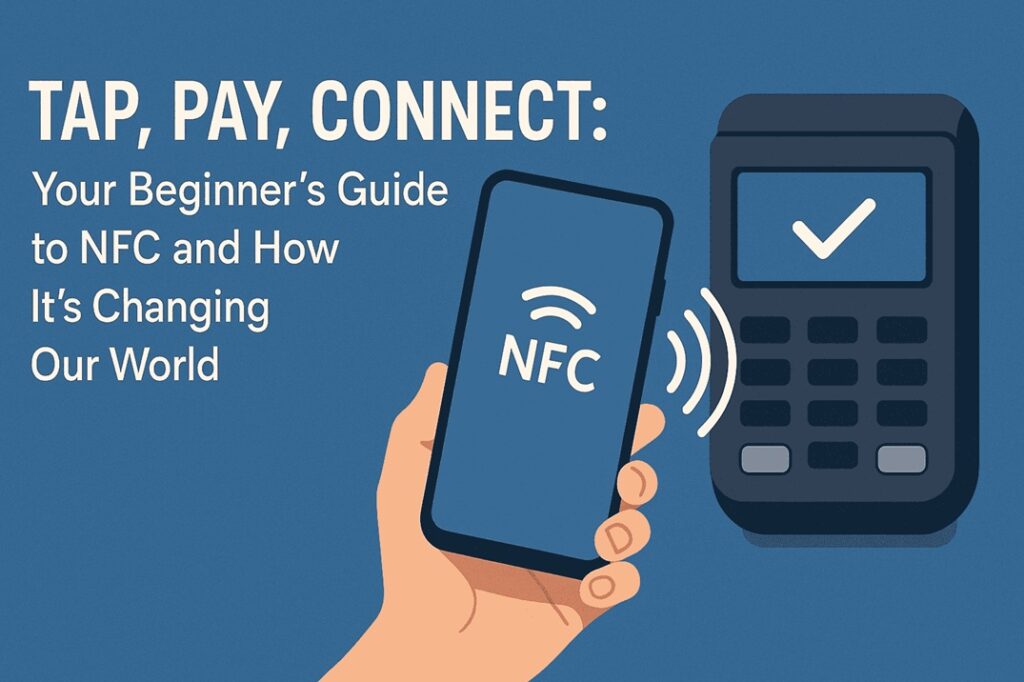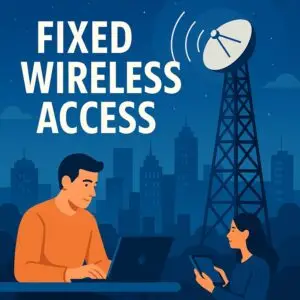NFC Technology:
Tap, Pay, Connect: A Beginner's Guide.
The Invisible Tap That Does So Much
Imagine a world where paying for groceries is as simple as a wave of your hand, where sharing a website with a friend takes just a gentle touch of your phones, or where entering your office is done with a quick tap of your wrist. This isn’t science fiction; it’s the everyday reality powered by a remarkable, often unseen, technology called NFC, or Near Field Communication.
Table of Contents
Even if its presence isn’t always obvious, NFC technology is subtly transforming how we engage with both the digital and physical aspects of our lives. It’s the underlying wizardry behind the swift, easy “tap-and-go” interactions that are becoming increasingly prevalent, enhancing our convenience, security, and digital integration. But what exactly is this invisible force, and how does it manage to do so much with just a simple tap? Let’s peel back the layers and discover the fascinating world of NFC technology.
What Exactly is NFC? The Basics Explained
Essentially, NFC technology operates as a brief-range wireless communication technique, allowing two electronic gadgets to communicate when positioned in very close proximity – usually within a few centimeters, or just an inch or two. Think of it like a whisper: you have to be right next to someone to hear them clearly. This extremely close proximity is not a limitation; it’s a key feature that gives NFC its unique advantages in terms of security and ease of use.
NFC technology functions based on a concept known as electromagnetic induction, a mechanism that, despite its complex name, is fairly straightforward. When two NFC-enabled devices are brought close, they create a tiny electromagnetic field between them. This field allows for the quick and secure exchange of small amounts of data. Unlike other wireless technologies like Wi-Fi or even Bluetooth, NFC doesn’t require any pairing codes, complicated setup procedures, or even a power source for one of the devices.
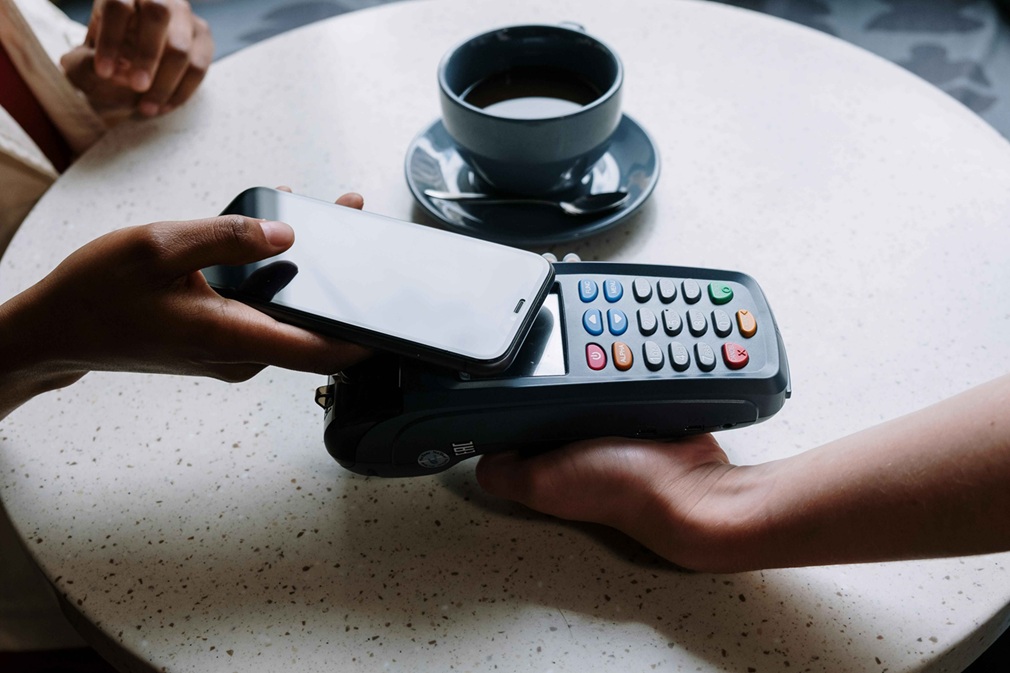
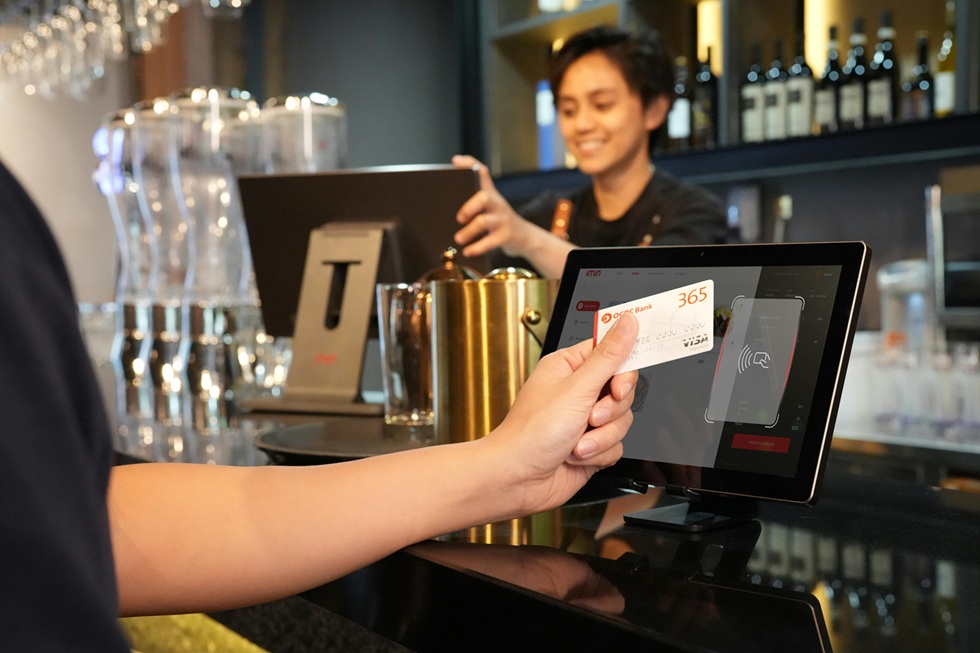
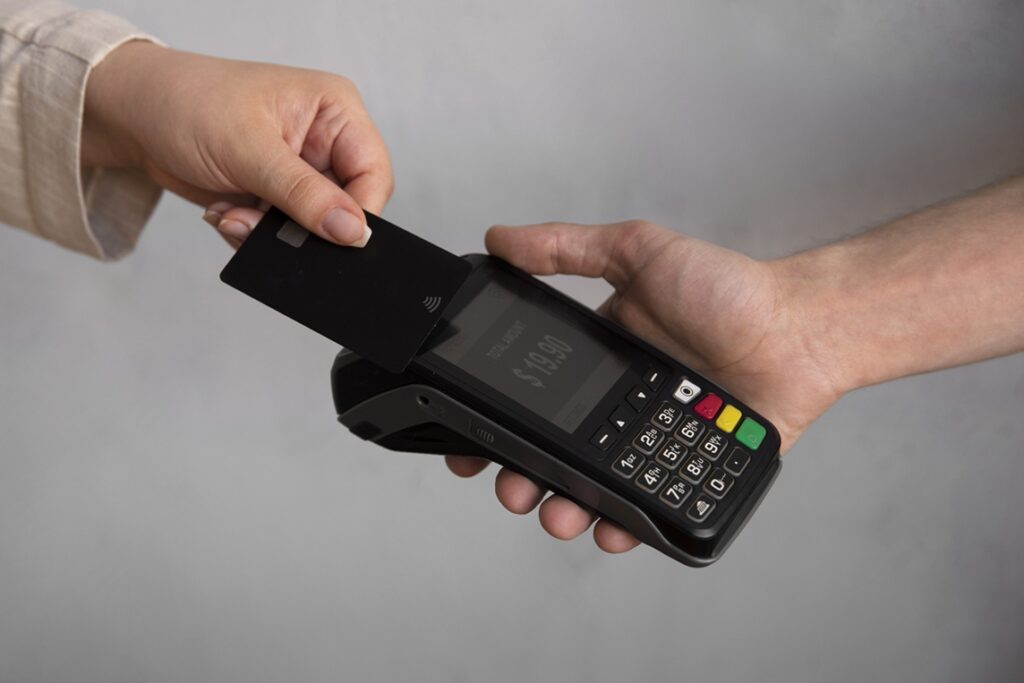
Active vs. Passive NFC Devices
NFC devices come in two main types:
- Active NFC Devices: are equipped with their own power supply, enabling them to transmit and receive information. Your smartphone, a retail payment terminal, or a public transport card reader are all examples of active NFC devices.
- Passive NFC Devices: These are small, simple devices that don’t have their own power. Instead, they draw the tiny amount of energy they need directly from the active NFC device that is reading them. Think of those small NFC tags on product labels, smart posters, or even in some newer payment cards. They store information and wait for an active device to “wake them up” and read their data. This ability for passive devices to function without a battery is what makes NFC technology incredibly versatile and efficient.
The Core Principle: Inductive Coupling
This fundamental working principle of NFC technology, where devices interact via electromagnetic fields over short distances, allowing quick, close-range communication, is what underpins its diverse applications.
The Three Ways NFC Works: More Than Just Payments
While contactless payments are perhaps the most widely recognized use of NFC technology, this versatile technology actually operates in three distinct modes, each enabling different types of interactions. Understanding these modes helps to reveal the true depth of NFC technology.
1. Reader/Writer Mode
In this mode, an NFC-enabled device, typically your smartphone, acts as a “reader.” It can read information stored on a passive NFC tag or write new information to a blank tag. Imagine walking past a movie poster with a small NFC sticker. Simply touching your phone to it, the poster’s NFC tag could immediately launch a movie trailer on your device, display showtimes, or even take you straight to a ticket purchasing page.
Businesses use this mode for “smart packaging” where tapping a product gives you nutritional information, recipes, or authenticity verification. You also have the option to purchase compact, customizable NFC tags to position throughout your home or workplace. Tap one by your bedside to set your alarm, or tap one at your desk to automatically connect to your office Wi-Fi network. This mode of NFC technology simplifies information retrieval and automation in countless ways.
2. Peer-to-Peer Mode
This mode allows two active NFC-enabled devices to communicate directly with each other and exchange data. While less common for large file transfers (that’s where Wi-Fi and Bluetooth excel), it’s incredibly useful for quick, small exchanges. For instance, if you and a friend both have NFC-enabled phones, you could quickly share a contact card, a web link, or even a small photo by simply bringing your phones close together. Some devices also use NFC in this mode to initiate a Bluetooth connection more easily, by tapping instead of manually searching for devices in a list. This seamless, tap-to-share functionality highlights the user-friendly nature of NFC technology.
3. Card Emulation Mode
This is the mode most people associate with NFC, even if they don’t know its name. In card emulation mode, your NFC-compatible device—be it a smartphone or smartwatch—can act as a digital substitute for traditional plastic cards, including credit cards, debit cards, or even access credentials. This specific feature is what enables widely used mobile payment systems such as Apple Pay, Google Pay, and Samsung Pay. When you tap your phone at a payment terminal, your device is essentially acting like your physical card, but with enhanced security features. Beyond payments, this mode of NFC technology is used for:
- Public Transportation: Tapping your phone or smart card to pay for bus or train fares.
- Access Control: Using your smartphone or a specialized NFC card to unlock office doors, hotel rooms, or even your car.
- Event Ticketing: Storing your concert or sports event tickets on your phone and simply tapping to enter.
This mode of NFC technology has transformed how we carry and use our financial and access credentials, offering unparalleled convenience.

Where You're Already Using NFC (and Might Not Realize It!)
The beauty of NFC technology is how seamlessly it integrates into our daily lives, often becoming invisible in its convenience. Here are just a few examples of where you’ve likely encountered it:
- Paying at the Checkout: The most prominent example. That satisfying “beep” when you tap your phone or card at the grocery store, coffee shop, or retail outlet is NFC at work, making transactions lightning-fast and hygienic.
- Boarding a Bus or Train: Many modern public transport systems worldwide use NFC for ticketing. Gone are the days of searching for precise change or handling physical tickets; a swift tap of your travel card or smartphone is all that’s needed.
- Unlocking Doors: From modern offices to smart hotels, NFC-enabled key cards or even your smartphone can grant you access with a simple tap. Click Here to Learn how this ties into modern home automation.
- Connecting Devices: Ever seen a speaker or headphone set that says “Tap to connect”? That’s NFC making the Bluetooth pairing process incredibly simple.
These widespread applications underscore how NFC technology is not just a niche innovation but a core component of our connected world.
The Future of NFC: What's Next for Tap-Enabled Tech
Instead of remaining unchanged, NFC technology is continually progressing and uncovering innovative applications. We can expect to see even deeper integration into the Internet of Things (IoT), making our smart homes and cities even more responsive. With the rise of eSIM and tap-enabled services, devices are becoming more autonomous and connected than ever. Envision your smart fridge interacting with an NFC-equipped milk carton to place a reorder, or a city sensor instantly relaying live air quality information to your phone upon a tap.
The push towards digital identification is another significant area for NFC. Your driver’s license, passport, or health records could one day be securely stored on your NFC-enabled device, allowing for quick and verified identification with a simple tap. This could revolutionize everything from border control to accessing healthcare services.
As contactless payment continues its global surge, driven by both convenience and hygiene concerns, NFC technology will remain at the forefront. Innovations like improved range (while still maintaining security) and faster data transfer rates are constantly being explored, ensuring that the “invisible wires” of NFC will continue to enhance our connected world in exciting new ways. The seamless, secure, and intuitive nature of NFC ensures it will remain a cornerstone of modern digital living, making our interactions simpler, faster, and more integrated than ever before.
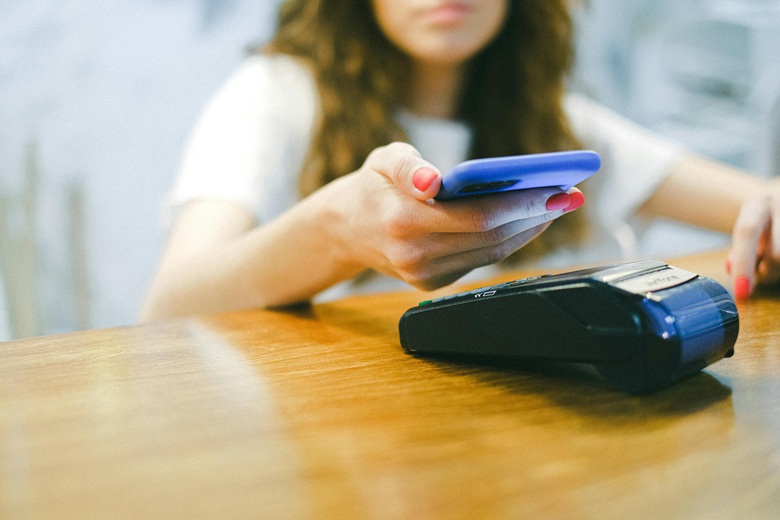
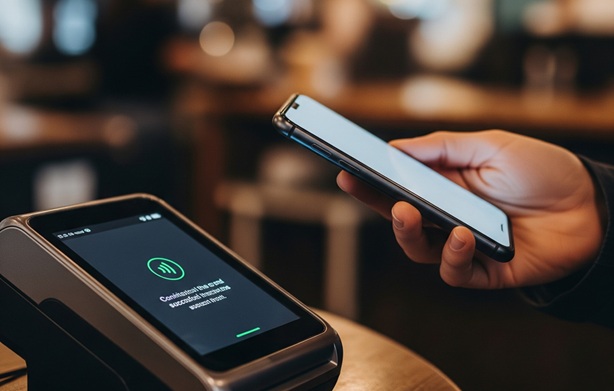
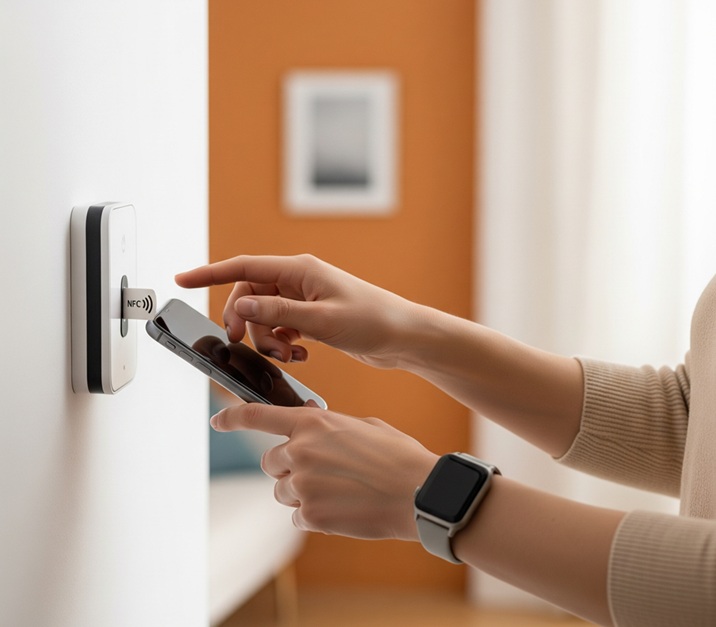
Frequently Asked Questions | (FAQs)
Q1: Do I need an internet connection for NFC to work?
No, the fundamental NFC exchange doesn’t require an internet connection! NFC functions through direct interaction between two devices using short-range radio waves, so it doesn’t rely on Wi-Fi or mobile data to exchange information. However, for certain applications like making a mobile payment, your phone might need an internet connection to authorize the transaction with your bank after the initial NFC tap.
Q2: Is NFC secure? Can my information be stolen easily?
NFC is considered highly secure, largely due to its extremely short operating range. For someone to intercept your data, they would need to be uncomfortably close to your device during the transaction. Additionally, for sensitive uses like payments, NFC systems often employ advanced security measures like tokenization and encryption, which scramble your data and create unique, one-time use codes for each transaction, making it very difficult for fraudsters to misuse your information.
Q3: How far do devices need to be for NFC to work?
NFC is designed for “near field” communication, meaning devices typically need to be within a few centimeters (about 1-2 inches) of each other. This close proximity is a deliberate design choice that enhances security and prevents accidental interactions.
Q4: Does using NFC drain my phone’s battery?
Not significantly! NFC chips consume very little power. They are mostly dormant and only activate when they detect another NFC field. This means you can generally leave NFC enabled on your smartphone without worrying about it having a noticeable impact on your battery life.
Q5: What’s the difference between NFC and RFID?
NFC is, in essence, a distinct branch of RFID (Radio Frequency Identification) technology. While both use radio waves for communication, NFC is designed for shorter ranges (a few centimeters) and typically allows for two-way communication (devices can both send and receive data). RFID often operates over longer distances and is generally used for one-way communication, primarily for tracking and identification (like tracking inventory in a warehouse). The bidirectional communication and limited operating distance of NFC render it highly suitable for secure interactions, such as payment transactions.
Q6: Can any smartphone use NFC?
Most modern smartphones, both Android and iOS (iPhone 6 and newer), come equipped with NFC capabilities. You can usually check in your phone’s settings under “Connected Devices,” “Wireless & Networks,” or similar menus to see if NFC is enabled or available.
Q7: Can I use NFC without a bank card or credit card?
Yes! While mobile payments are a big part of NFC, you can use NFC for many other things. This includes sharing contact info, opening websites from NFC tags, using digital keys for access, or even automating tasks on your phone, all without needing a bank card.
Q8: Is it possible to reuse NFC tags, or modify the information stored on them?
Many NFC tags are designed to be rewritable, meaning you can change the information stored on them multiple times using a compatible app on your smartphone. However, some tags can be “locked” after programming to prevent them from being rewritten, which is useful for permanent applications like product authentication. The total number of rewrites an NFC tag can endure is determined by the specific tag’s design.

